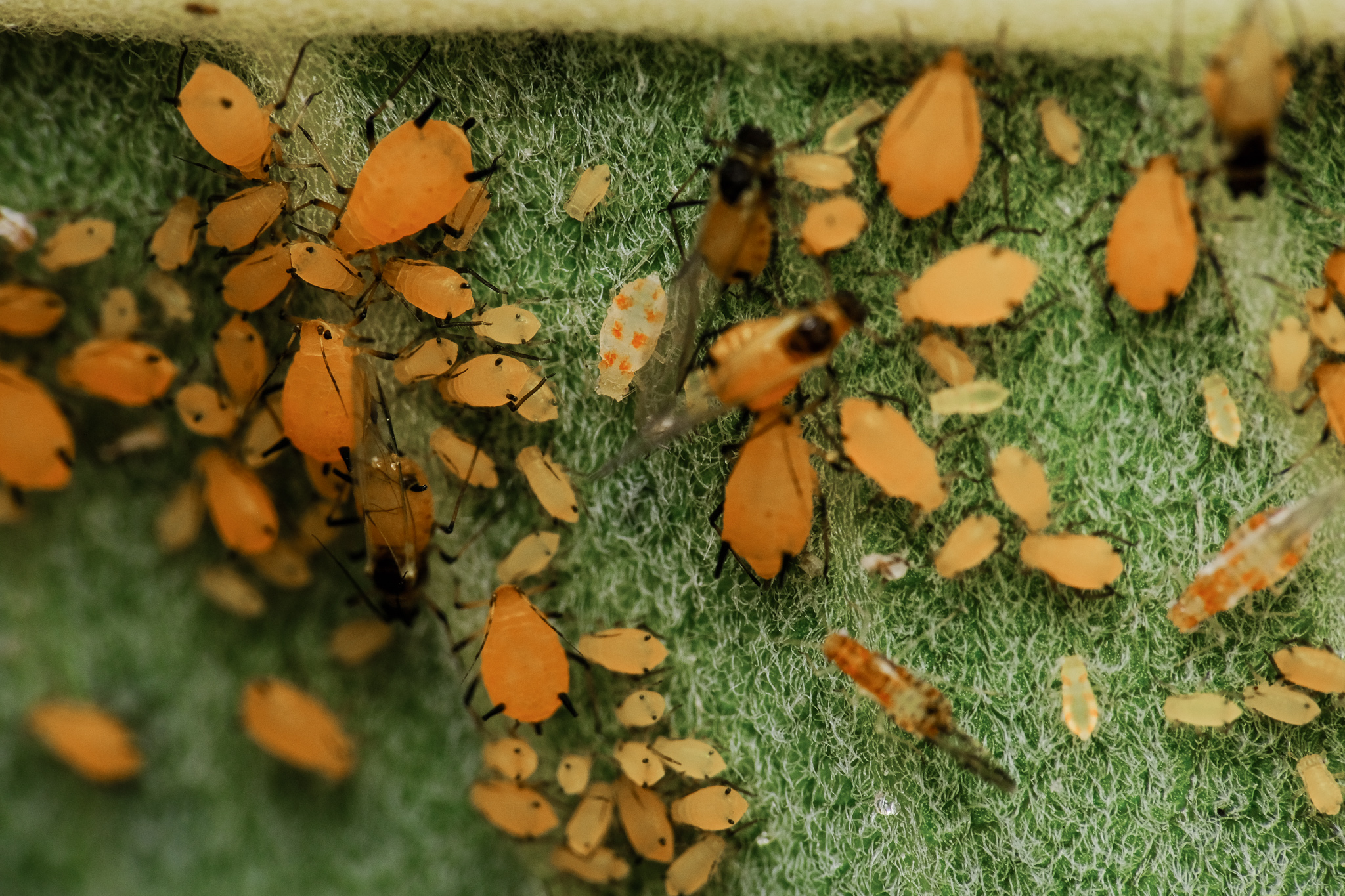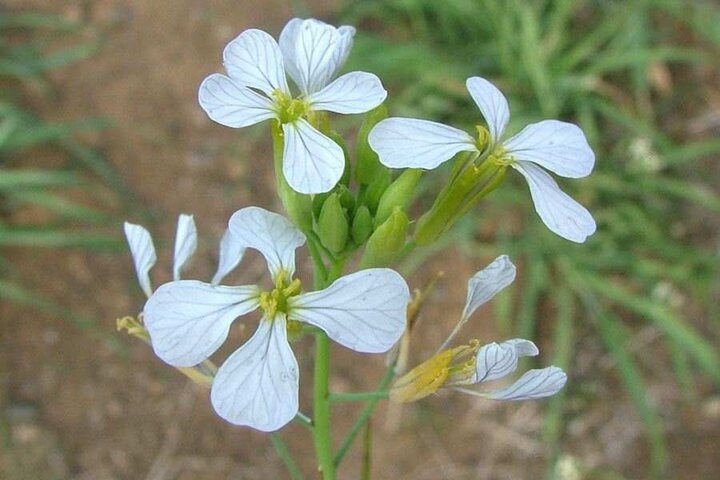1. Plant and insect community dynamics:
We use a combination of empirical work and mathematical modeling to understand the effect of anthropogenic activities on plant populations and resulting cascading effects on arthropod community dynamics.
Over evolutionary time plants have developed mechanisms to protect themselves from the attack of arthropod herbivores like insects and mites. Those mechanisms include specialized morphological structures or secondary metabolites and proteins that have toxic, repellent, and/or antinutitional effects. The expression of plant defenses is influenced by abiotic conditions such increased pollution, nutrient deposition and emission of greenhouse gases because nutrients, temperature and rainfall shape plant chemistry. The degree of protection of plant defenses has decreased over time because arthropod herbivores have evolved strategies to overcome plant defenses. For instance, some herbivore species sequester plant defense chemicals and use it for their own protection against predators. Defense mechanisms employed by arthropods may also influence their ability to compete with other herbivores. This means that any variation in plant defenses can have cascading effects for entire arthropod communities associated with that plant.
We are interested in the interactions between plant defenses and insect community dynamics. For our empirical work we are using common milkweed (Asclepia syriaca) and associated insect communities. Chih-Chung Lee (PhD thesis, 2023) used a combination of elegant field and lab experiments to explore the effect of variation in plant defenses on population dynamics of two co-occurring aphid species (Aphis nerii, Myzocallis asclepiadis) that differ in sequestration rate and are both consumed by generalist Chrysopa oculata larvae.
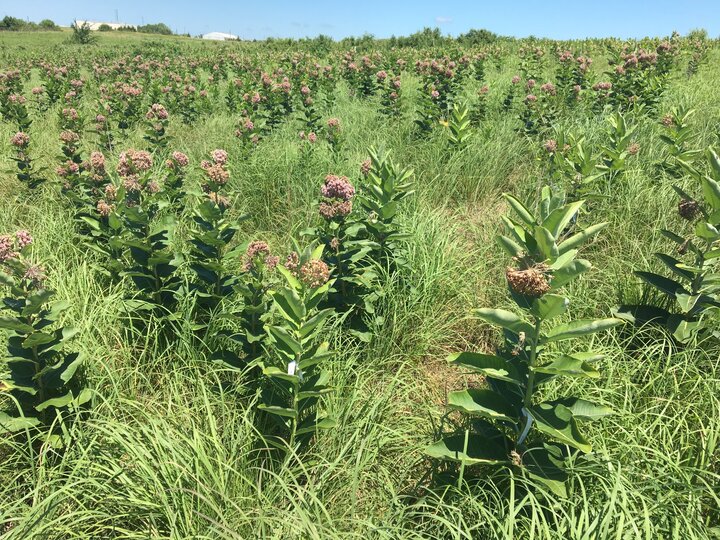
at 9-mile prairie, Lincoln, Nebraska | 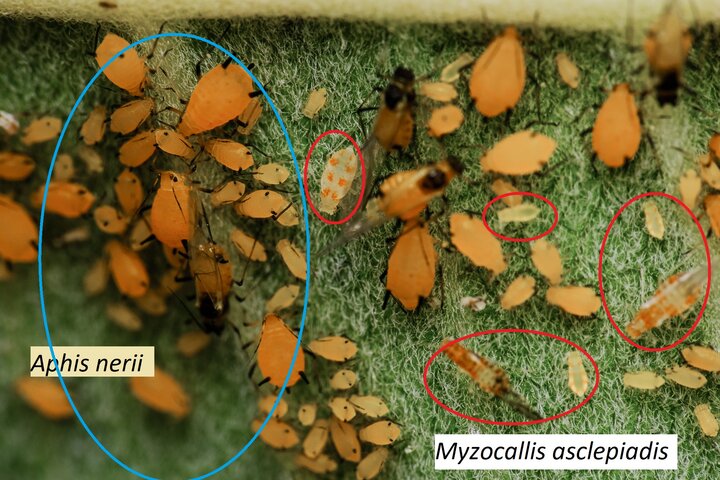
| 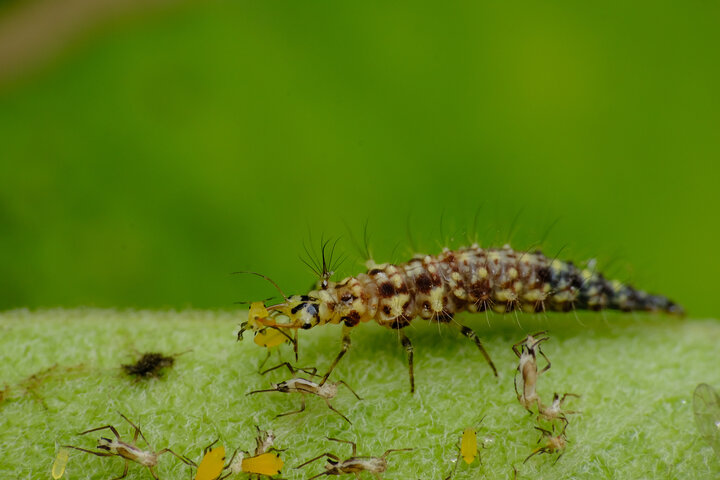
|
Photo Credit: Chih-Chung Lee
Further, we use statistical models to analyze long-term demographic monitoring data to explore the effect of weather variables and insect herbivores on the demography of the wavy leaf thistle Cirsium undulatum collected by Svata Louda, Kathleen Keeler (John Nkrumah Mensah, PhD student).

In our theoretical work, we used intra-guilt predation model to explore the effect of temperature on arthropod diversity (Laubmeier et al. 2020), and on the efficiency of naturally occurring arthropod predators on controlling aphid pest insects (Laubmeier et al. 2023). Additionally, we used an extension of the Rosenzweig-MacArthur model to explore the effect of compensatory growth response of plants following herbivory on the stability of insect-plant population dynamics (Lawrence Seminario-Romero, PhD 2024)
2. Optimal decisions in behavior and life history:
We use mathematical models predicting the effect of biotic and abiotic drivers on the evolution of specific phenotypes.
Almost all organisms face limitations in resources which need to be allocated between different functions, such as allocating resources to reproduction in the current growing season or to storage for the next growing season. It is reasonable to assume that in wild populations resource allocation strategies have evolved that are “optimal” for a given environment and can be predicted using optimization models. Possible fitness criteria are an individual’s lifetime reproduction, or the population growth rate of a particular genotype. In this context, one can think of a species “learning” over evolutionary time what to “do” to maximize its fitness. Obviously, plants do not actually make decisions, but it is likely that a mutation producing a change in a plant’s life history (e.g. flowering date) that increases its fitness will spread in the population. In this way optimization models can predict evolutionary endpoints.
Optimal resource allocation decisions consider the trade-off between the benefits and costs involved with each decision. For instance, plants flowering in the current season may produce few seeds if resource availability in the environment is so low that they flower at small size. In contrast, plants postponing flowering until they are large will produce many seeds. The benefit of postponing reproduction depends on the probability of surviving until the next growing season which depends on the climate, herbivore pressure, disease risk, etc. We have expanded a traditionally optimal life history model to account for (1) differences in the scaling of resource production and maintenance costs with mass, (2) survival during the growing season increasing with plant size, and (3) overwinter survival increasing with the plant's storage (Watts and Tenhumberg, 2021). The model also assesses the plausibility that the costs of sprouting promote the evolution of prolonged dormancy (plants staying underground for one of more growing seasons). Our model suggests that relatively simple resource allocation trade-offs are sufficient to explain the evolution of different life history strategies observed in natural populations of herbaceous plants (annual plants, monocarpic plants, polycarpic plants), including strategies that incorporate bouts of prolonged dormancy.
In addition to allocating resources to growth, flowering and survival, plants also allocate resources to attracting pollinators via investment in pigmentation of flowers. Pigmentation of vegetative tissues (i.e. leaves) also influences the probability of plants surviving until flowering. For instance, one prevalent pigment is anthocyanin. Depending on the anthocyanin concentration (A) in flower leaves, flower color may range from white (low A) to dark red (high A). In vegetative tissues (i.e. leaves) anthocyanin mitigates negative effects from high sun exposure, drought and cold stress, and contributes to defense against pathogens and herbivory. We constructed a model that incorporates selection on pigmentation at the vegetative phase (i.e. through survival to reproduction) and at the flowering phase (i.e. on pollinator attraction) (Tenhumberg et al 2023). Our model predicts that pollinators are the main driver for flower color evolution, but selection on seedling survival plays a major role in the absence of pollen limitation, that is, if pollinator abundance is sufficiently high, or if pollinator preference is absent or weak (high variance in color preference).
We apply our model to four scenarios based on classic systems for studying selection on flower color: Selection only on survival in Linanthus parryae, pollinator-mediated selection in Delphinium nuttallianum, opposing selective forces in Raphanus raphanistrum, opposing selective forces in Claytonia virginica. In each of the case studies, our model recovered the predicted patterns of fitness for each floral morph given the strength and nature of selection.
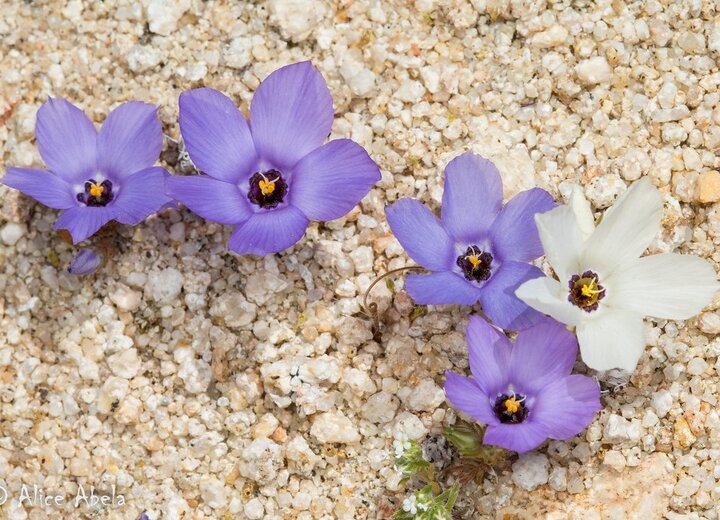
| 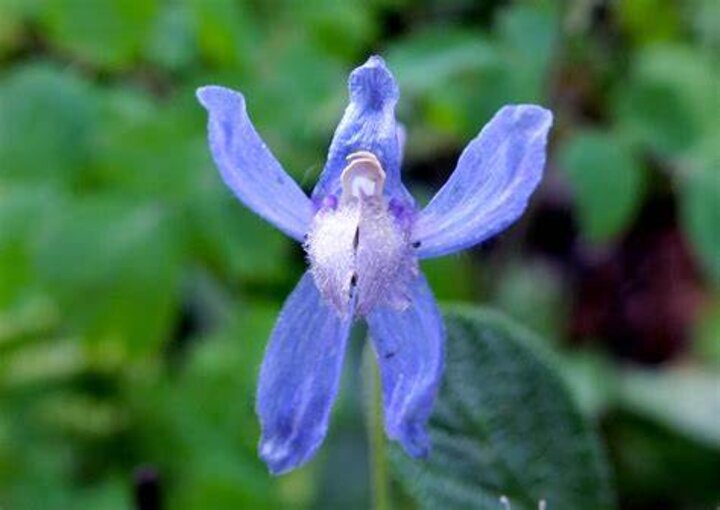
|
| 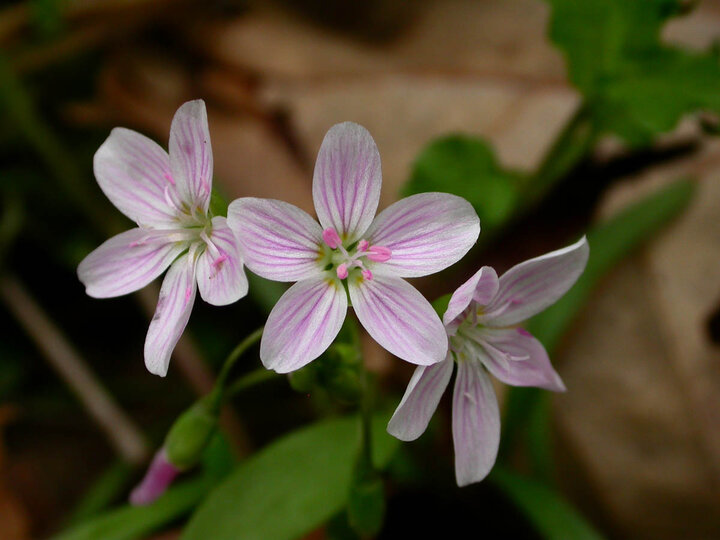
|
Photo links (from left to right):
https://live.staticflickr.com/1705/26420378505_51a7622116_b.jpg
https://th.bing.com/th/id/OIP.T0fB8dEMzylaAv-eIme9wgHaFQ?rs=1&pid=ImgDetMain
https://keyserver.lucidcentral.org/weeds/data/media/Images/raphanus_raphanistrum/raphanusraphanistrum36.jpg
3. Applied Ecology:
We use a range of mathematical approaches to aid population management.
There is a long tradition of using mathematical models to evaluate the efficiency of different management strategies. We have focused on achieving different management goals:
- We apply optimization algorithms to multi-species models to identify optimal predator community composition to control pest populations (Laubmeier et al. 2023). Natural predator communities play an important role in regulating pest populations. However, the predation pressure of natural communities can be unpredictable because it is influenced by a multitude of intraguild interactions, the traits of the predator community (e.g. size, foraging behavior) and environmental factors. Our models aid in understanding how these different influencing factors combine to impact pest control and in designing conservation biological control strategies.
- We use stage structured population models to identify vital rates (e.g. changing survival or fecundity) managers should target to get “the most bang for the buck”, which is particularly important when resources are limited. If the species of interest is an undesirable species (pests, weeds, invasives) the management goal might be to minimize the long-term (asymptotic) population growth rate (e.g., Edholm et al. 2018) and/or the speed with which the undesirable species colonizes new areas in space (spreading speed, Becklin et al., in progress). In contrast, if the species of concern is endangered the management goal might be to maximize the long-term (asymptotic) population growth rate or increase it to a level where the population size remains at constant levels (e.g., Lubben et al. 2009).
- We construct models evaluating management strategies with respect to slowing the speed of pesticide resistance evolution. Widespread use of pesticides has resulted in the evolution of resistance in many insect pests worldwide limiting their use in pest control. Most models for insect pesticide resistance assume that resistance is monogenic, conferred by a single gene. However, resistance could evolve as a polygenic quantitative trait resulting from the action of several genes, especially when pesticide dose is low. Using the western corn rootworm, Diabrotica virgifera virgifera, as a case study we developed a model predicting the evolution of polygenic resistance to Cry3Bb1 (Bacillus turingiensis proteins expressed in transgenic plants, Haridas & Tenhumberg 2018). Compared to insect pests, identifying management strategies reducing the speed of resistance evolution in weed species is even more urgent because no new herbicide sites of action have been discovered for over three decades. We have assessed the potential of management strategies to slow the evolution of herbicide resistance in economically important weed species that differ in their life history: Shattercane (Sorghum bicolor) is an annual weed (Werle et al., 2017) while Johnsongrass (Sorghum halpense) is a perennial, rhizomatous weed species (Holmes et al 2022).
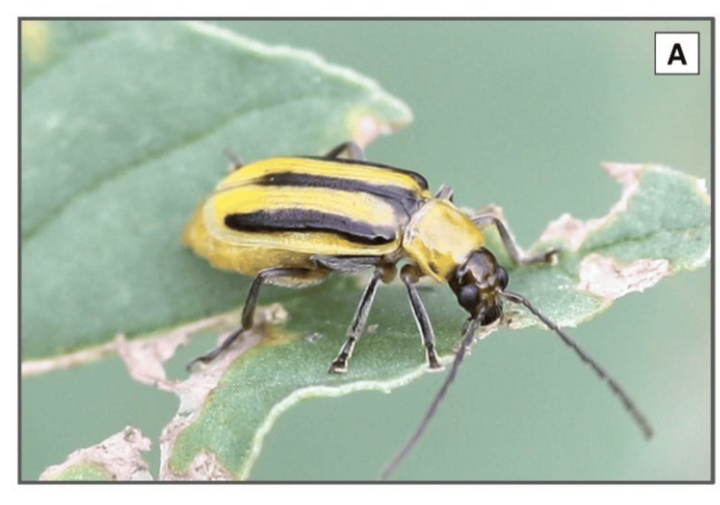
Photo Credit: L. J. Meinke. | 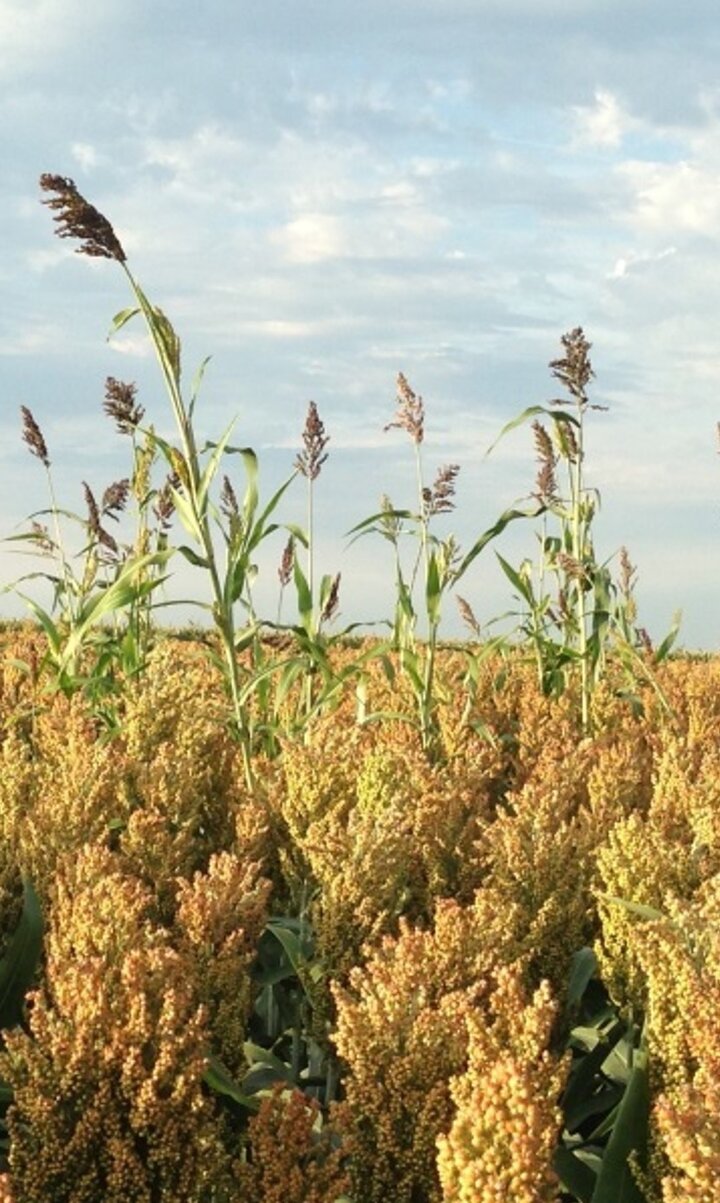
Photo Credit: R. Werle. | 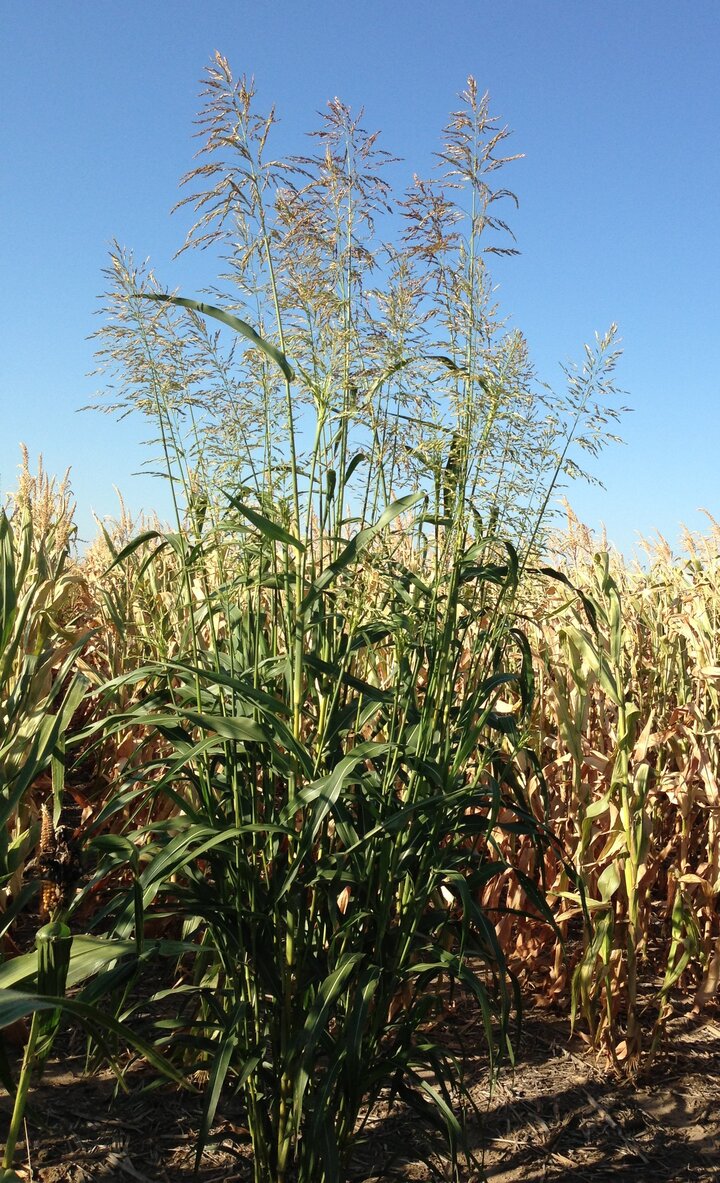
Photo Credit: R. Werle. |
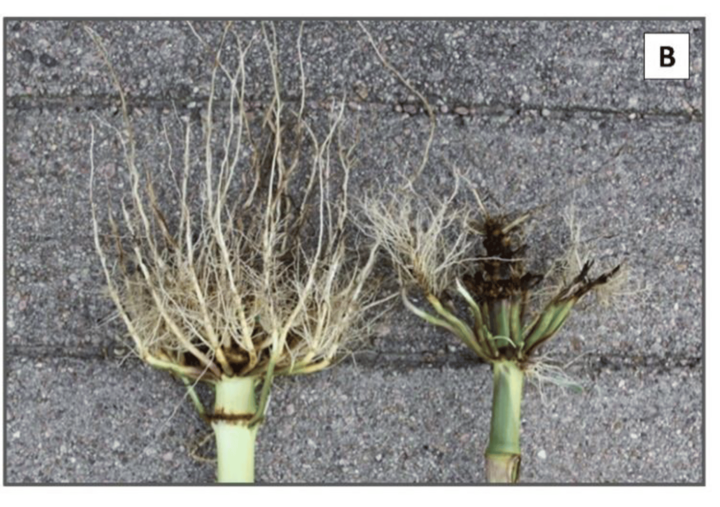
right: D. virgifera damaged corn roots Photo Credit: L. J. Meinke. |
